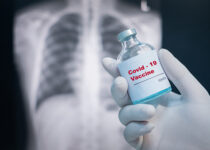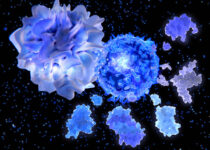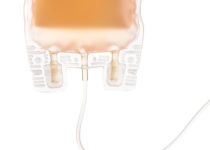Three recent studies have analyzed anti-SARS-CoV-2 antibodies among individuals with asymptomatic and mild SARS-CoV-2 infections, and they have found that…
 Special Transfusion Situations
Special Transfusion Situations









Copyright © 2025 John Wiley & Sons, Inc. All Rights Reserved.
Privacy Policy
